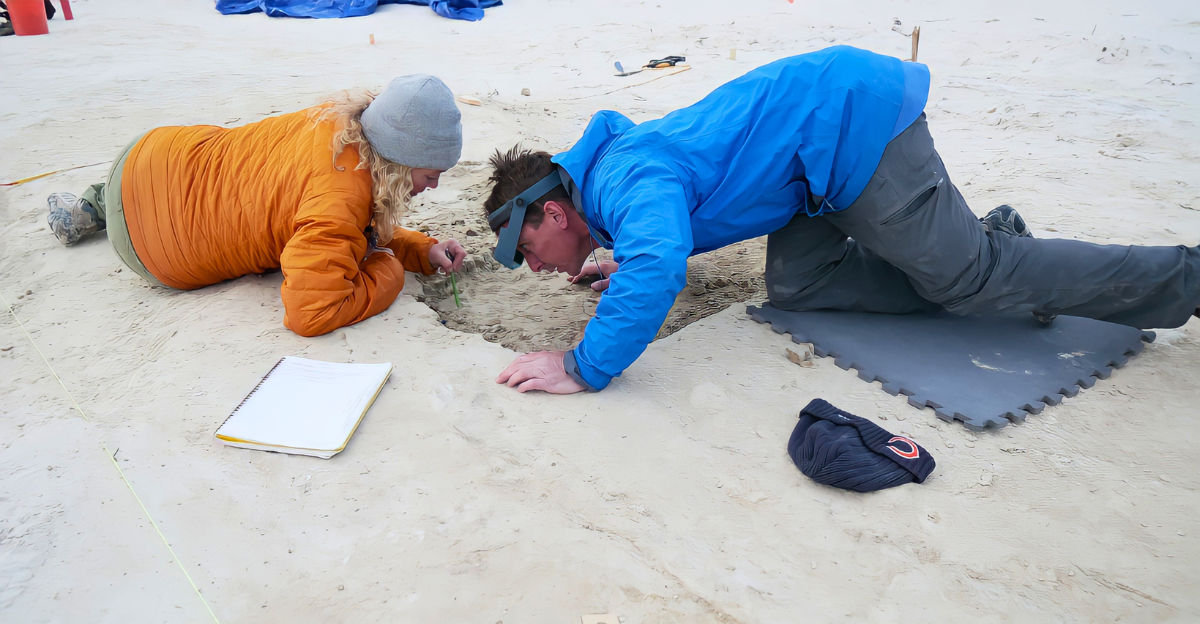
Archaeologists uncovered something extraordinary in Saudi Arabia’s Nefud Desert: seven human footprints pressed into hardened mud, preserved for 115,000 years. For a long time, scientists thought early humans only passed through Arabia much later, but these prints prove they were there far earlier than expected.
“The footprints were found alongside those of animals such as elephants, camels, and horses, providing a unique snapshot of life in northern Arabia at this time,” explained Mathew Stewart of the Max Planck Institute.
What today is an empty desert was once a thriving oasis. These footprints weren’t left by lost wanderers but by some of our earliest ancestors, traveling along what was once a lush “green highway” connecting Africa to the rest of the world. This single discovery is rewriting the story of how humans expanded across continents.
A Desert That Was Once Green
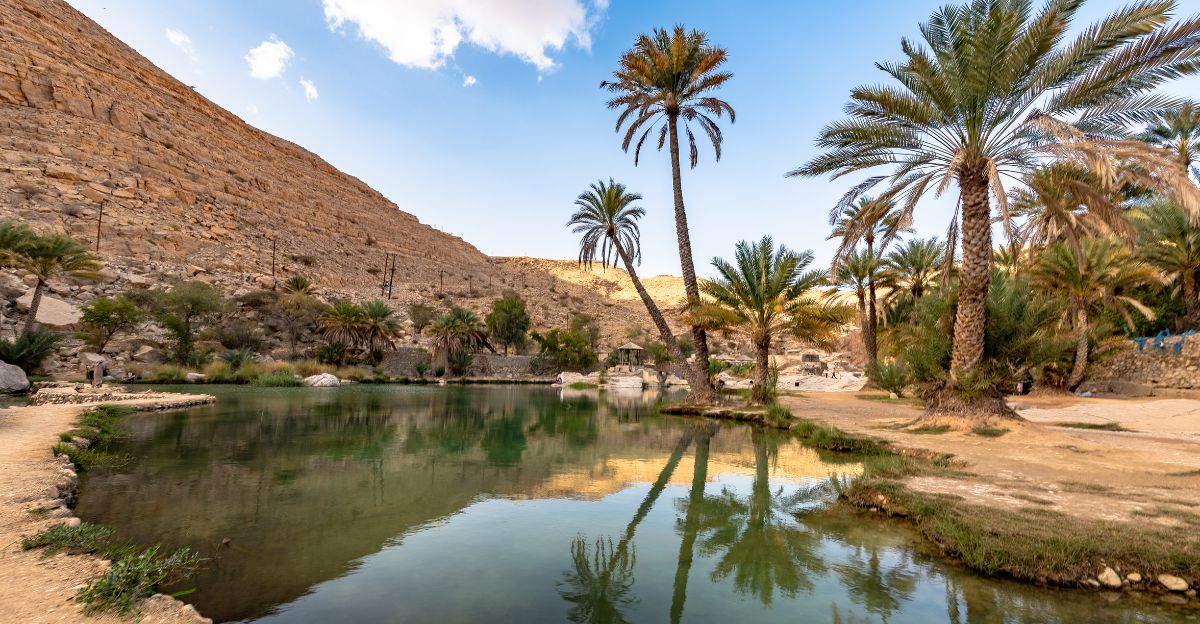
The western Nefud Desert receives less than 90 millimeters of rain annually, making it one of Earth’s driest landscapes. Today, no one could survive there without modern tools. But 115,000 years ago, things looked completely different.
At that time, the desert was covered in fresh grasslands, dotted with lakes and rivers. The site where the prints were found was named “Alathar,” meaning “the trace” in Arabic, because it preserved the fleeting mark of a moment long gone.
Lead researcher Michael Petraglia summarized why this matters: “Arabia was not just a barrier as previously thought. When wet climatic conditions prevailed, it functioned as a corridor for early human migration.”
This transformation of landscapes shows how climate shifts controlled where early humans could travel and live.
When Arabia Became a Gateway

The monsoons grew stronger during the last interglacial period, around 125,000 years ago. Heavy rains swept deep into Arabia, temporarily transforming the desert into fertile land. This “Green Arabia” phenomenon didn’t happen just once; it occurred repeatedly over the last 400,000 years.
Archaeological sites prove that humans returned repeatedly during these wet phases, leaving behind stone tools from 400,000, 300,000, 200,000, 100,000, and even 55,000 years ago. These “green windows” opened the door for migration between Africa and Asia. Once considered an obstacle, Arabia now looks like a bridge that opened and closed with changing climates.
The Crossroads of Three Continents
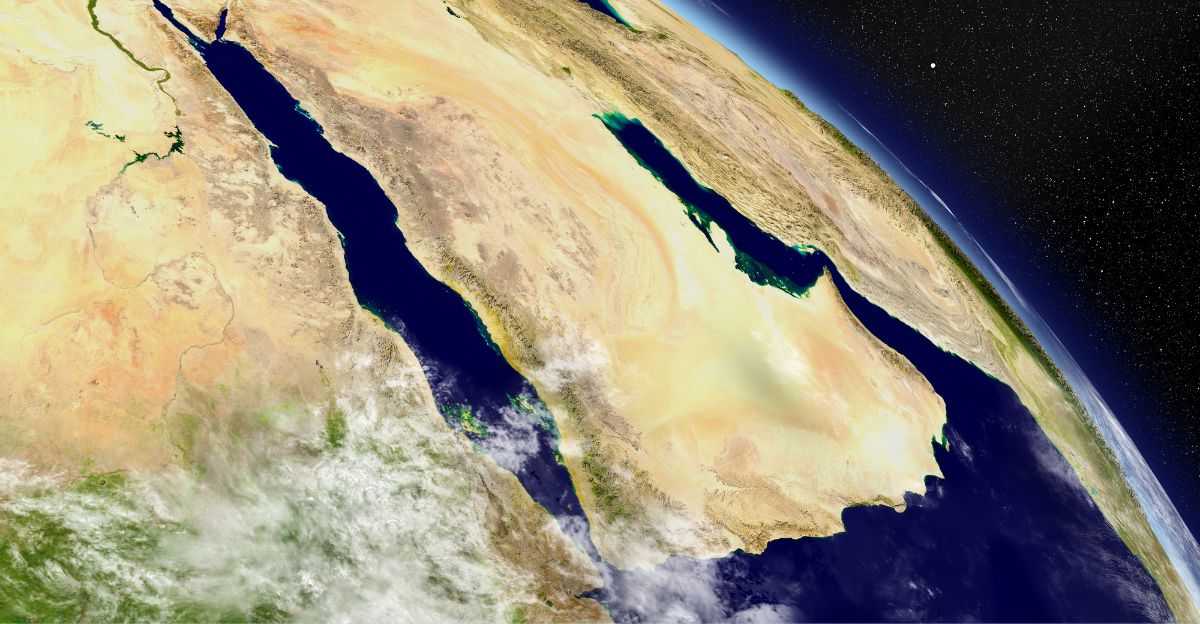
The Arabian Peninsula is unique in its location between Africa, Europe, and Asia. Because of this, it has always been a passageway for movement. Until recently, scientists thought humans only spread out of Africa by following coastlines. The Alathar footprints prove otherwise: people went inland when conditions were right.
Elephants appearing in the trackways show how rich this region once was. There was abundant water and food where elephants, camels, and horses lived. This fertile corridor offered the perfect route for migrating humans to continue their journey.
Finding the Footprints
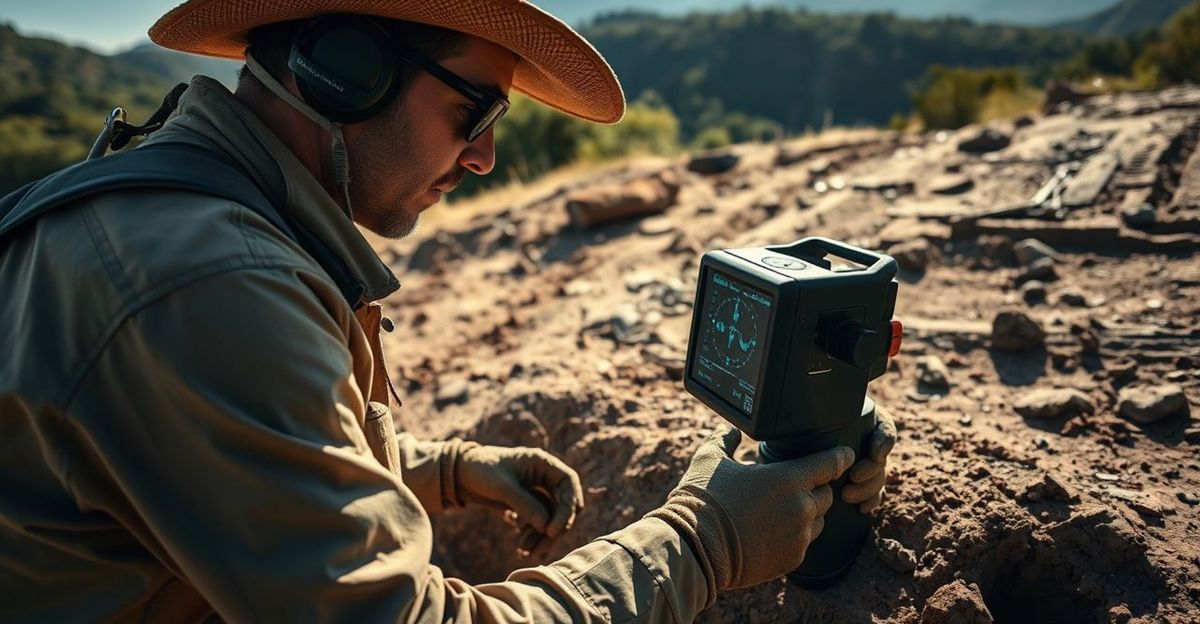
In 2017, PhD student Mathew Stewart spotted human prints during fieldwork, and after erosion, they revealed part of an ancient lakebed. Out of 376 animal tracks, seven were identified as human. Based on size and spacing, researchers concluded that two or three people created them, most likely adults walking together.
“Optically stimulated luminescence dating of the sediment immediately above and below the footprints yielded ages between 121,000 and 112,000 years ago,” the team explained in Science Advances.
That makes these the oldest evidence of Homo sapiens ever found in Arabia. These prints froze a single fleeting moment in time nearly 115,000 years ago.
A Short Visit, Not a Settlement
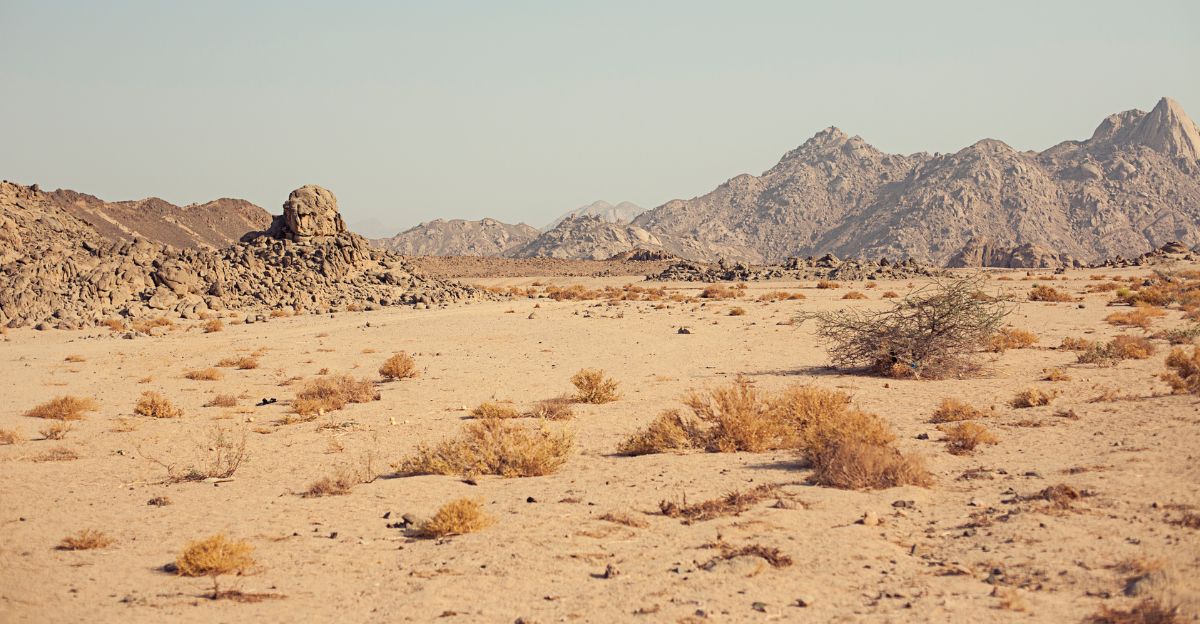
Interestingly, the humans who made the footprints didn’t stay at Alathar for long. Unlike other prehistoric sites, archaeologists found no stone tools, cut marks on bones, or cooking hearths.
Instead, the evidence suggests the group stopped briefly at the lake to drink and gather food, perhaps while following large animals. They may have remained only hours or days before moving on. What they left behind was nothing more than footprints. Yet those simple marks are powerful—they are the only direct trace of their presence in this now inhospitable desert.
The Animals of Green Arabia
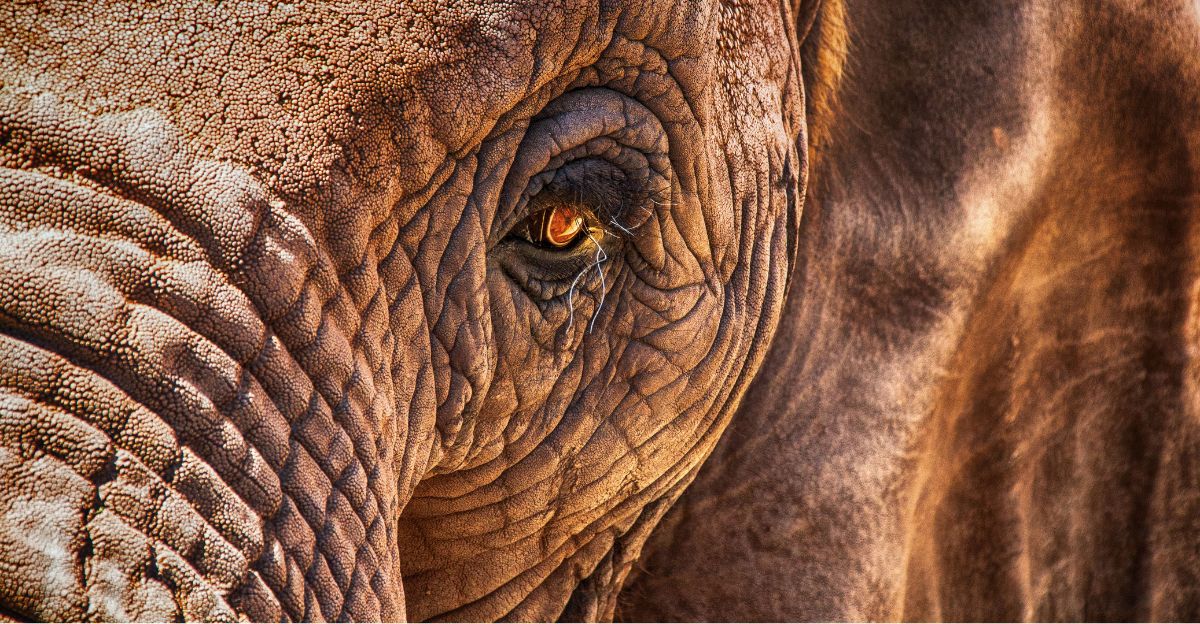
While humans left only seven footprints, animals left hundreds. The ancient lake was a magnet for wildlife. Elephants left the most tracks, followed by camels, along with buffalo, wild asses, and horses.
These weren’t just ordinary elephants; they were a species larger than anything alive today, disappearing from the Levant 400,000 years earlier. Their survival in Arabia shows how special this environment was. Large animals like elephants need plenty of food and constant water, proving that the desert once hosted thriving ecosystems.
The Science Behind the Dates

Footprints are unique because they capture incredibly short snapshots of time, unlike stone tools or fossils, which might span thousands of years.
To date them, the team used optically stimulated luminescence (OSL), which measures when sediment grains last saw sunlight. The report noted: “Optically stimulated luminescence dating of the sediment immediately above and below the footprints yielded ages between 121,000 and 112,000 years ago.”
This tells us the prints formed during the last interglacial period, when Earth’s orbit brought stronger monsoons and temporarily greened Arabia.
Who Left the Tracks?

One lingering mystery was whether the tracks belonged to Neanderthals or modern humans. By comparing the footprints to known examples of both species, researchers concluded they were from Homo sapiens.
Why? The prints matched taller, slimmer individuals with longer feet, a fit for early modern humans, not shorter, stockier Neanderthals. Also, during that period, Neanderthals weren’t even present in nearby regions. The most logical conclusion is that these were modern humans, possibly a small family traveling together.
A Hidden Highway Across Arabia

The discovery changes how scientists think about migration. Instead of only hugging coastlines, early humans journeyed inland too, especially when lakes and rivers dotted Arabia.
This “green highway” through the desert was rich in food and water and may have been an alternative path to avoid slower, crowded coastal routes. This suggests our ancestors spread out of Africa using multiple pathways simultaneously, not just one.
How the Prints Survived
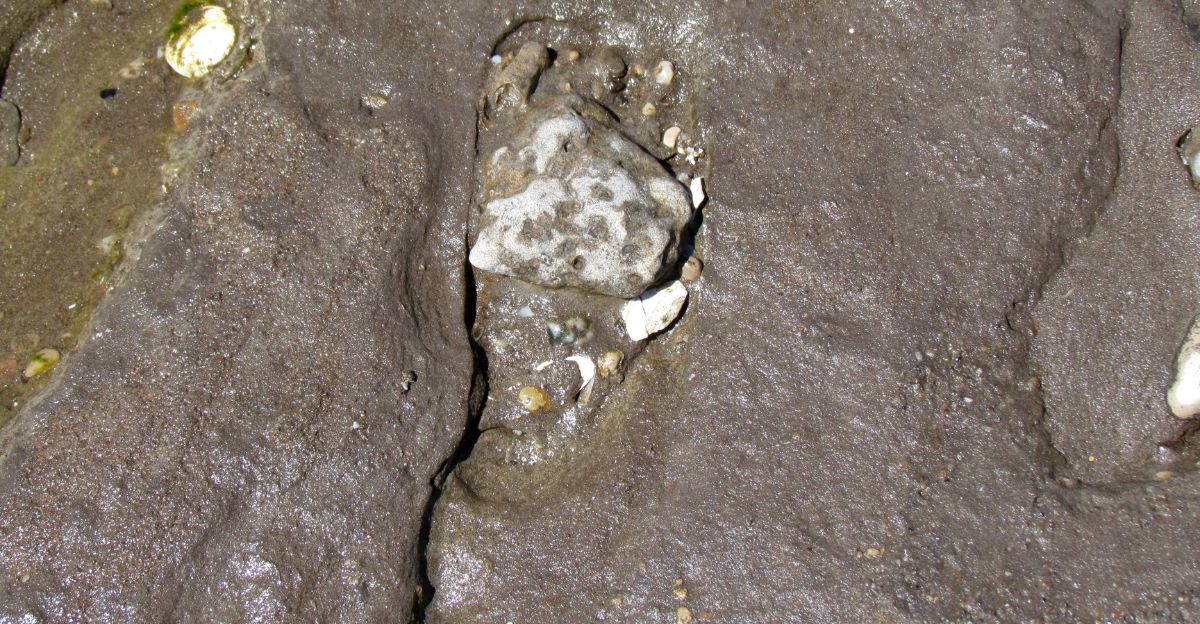
Footprints in mud usually disappear in a day or two. Within four days, they lose all detail. So how could these prints survive 115,000 years?
The answer lies in luck and geology. The prints were pressed into fine, wet sediment around a lake edge. The surface dried quickly and was soon buried by new layers of sediment as the lake’s water levels shifted. This sealed them away, creating a rare time capsule that kept their details fresh until researchers uncovered them again.
An International Effort
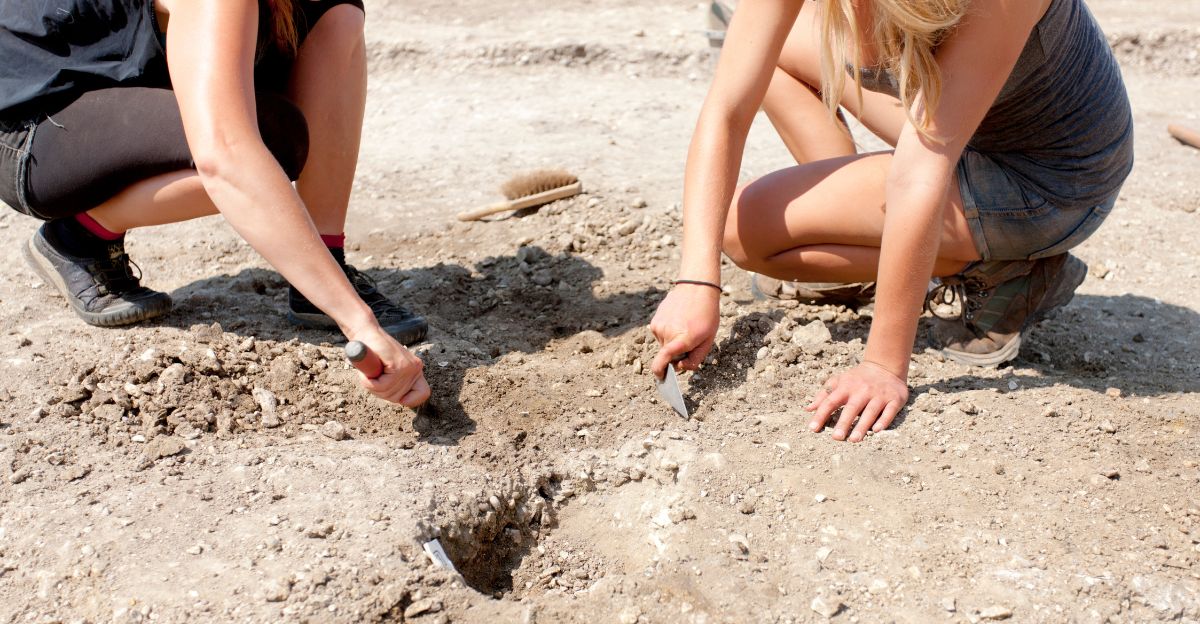
This find came from the Palaeodeserts Project, an extensive collaboration of 13 institutions worldwide. Working with Saudi Arabia’s Ministry of Culture, the team combined archaeology, geology, and climate science to unlock Arabia’s deep history.
“The discovery is helping rewrite our understanding of human expansion out of Africa and the ability of our ancestors to adapt to fluctuating climates,” said Loughborough University.
This partnership is now seen as a model for modern archaeology in the Middle East—a bridge between local heritage and international research.
Questions About Dating
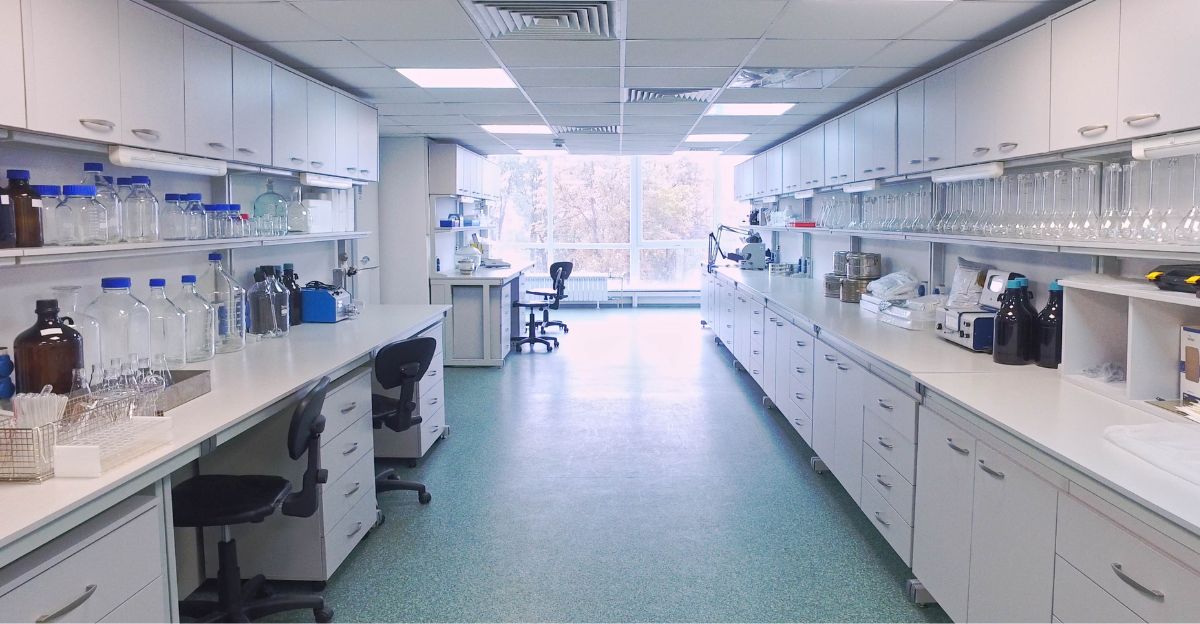
Some scientists have asked if the dates might be slightly off, noting possible limitations with uranium decay rates or discrepancies with nearby fossils. However, OSL dating has been developed and tested for decades and has been considered reliable for up to 400,000 years.
Importantly, results from layers above and below the footprints matched within the same age range, adding confidence. Multiple cross-checks backed up the 115,000-year estimate.
Rebuilding the Ancient Environment
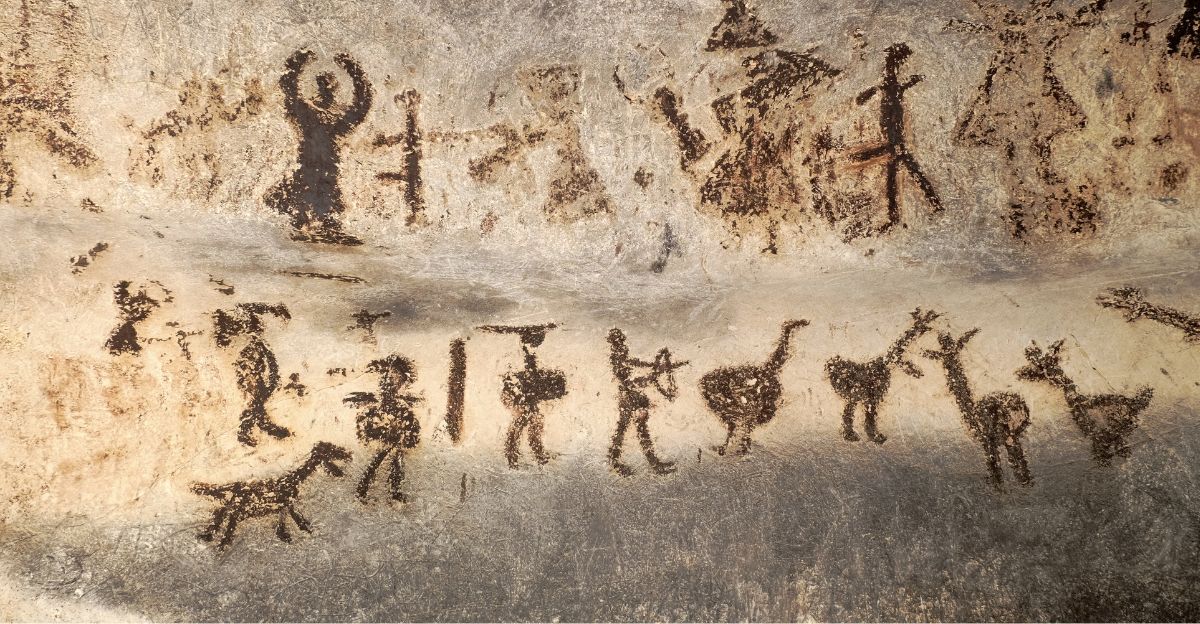
Sediment analysis shows the lake at Alathar was fresh and drinkable. Studies of tiny algae called diatoms confirmed it was a shallow freshwater lake. Fossilized plants and pollen revealed a landscape covered in C4 grasses with scattered trees, similar to the East African savannas where humans first evolved.
Put together, these clues confirm that the desert was once a lush, life-filled ecosystem. It would have seemed like a green stepping stone stretching into the horizon for travelers.
What This Means for the Future

The Alathar discovery is more than just a story of the past; it’s a guide for the future. By showing how humans moved during periods of climate change, it highlights our species’ incredible adaptability.
Scientists now want to find other footprint sites across Arabia and learn more about the environmental “windows” that repeatedly opened, allowing humans to cross into new lands. Understanding these past migrations helps us imagine how people might adapt to modern climate shifts.
Ongoing Work in Arabia
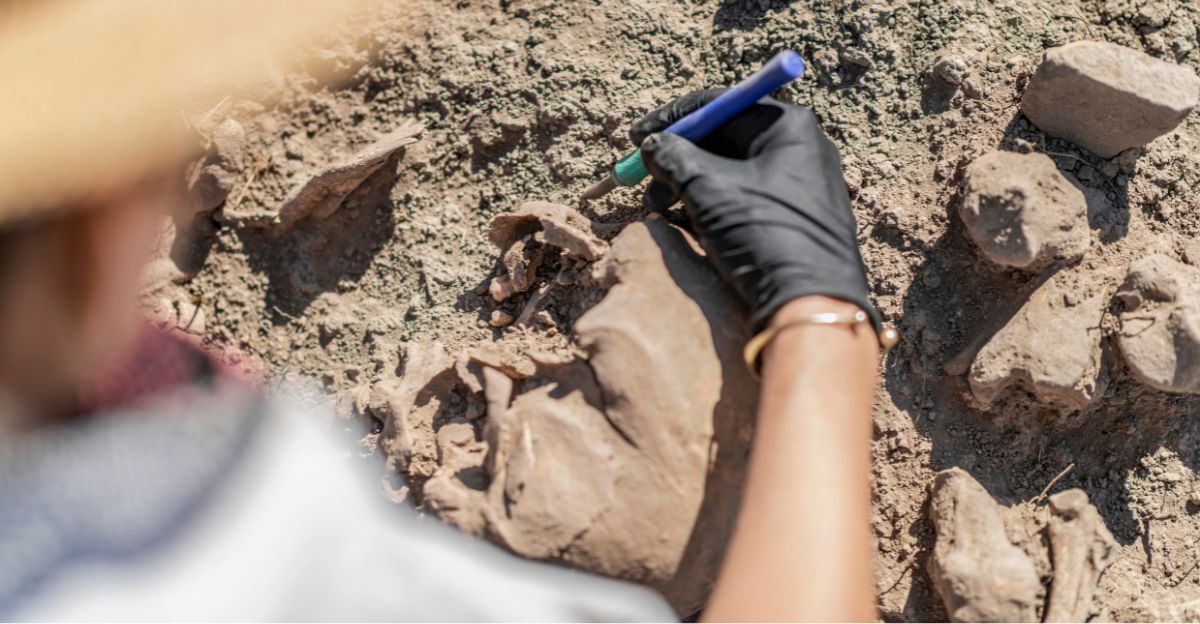
Research hasn’t stopped with Alathar. Teams use satellite imagery to pinpoint other ancient lakes that might hold more footprints or tools. Excavations continue across the peninsula, where stone tools have been found from multiple periods.
Climate studies using cave formations (speleothems) also reveal that Arabia has cycled between wet and dry spells for at least 8 million years. These data provide a bigger picture of how migration corridors routinely open and close across deep time.
Connecting the Big Picture

Alathar doesn’t stand alone. Other discoveries already hinted that people entered Arabia earlier than believed. Genetic and archaeological data now combine to show that Arabia was central to dispersal out of Africa, not a side note.
This tells us something important: migration wasn’t a straightforward journey but a series of opportunities, guided by climate and environment across a huge timescale.
Public Fascination

The footprints have captured imaginations around the globe. News outlets, documentaries, and museums have rushed to share the story. Social media discussions, while sometimes simplified, show how powerfully people connect to these direct traces of ancestors.
Schools are beginning to integrate the story into lessons on human origins, while museums work on interactive displays. Beyond science, it reminds us of the deep bond between humans and the landscapes that supported their survival.
Not the First Surprise
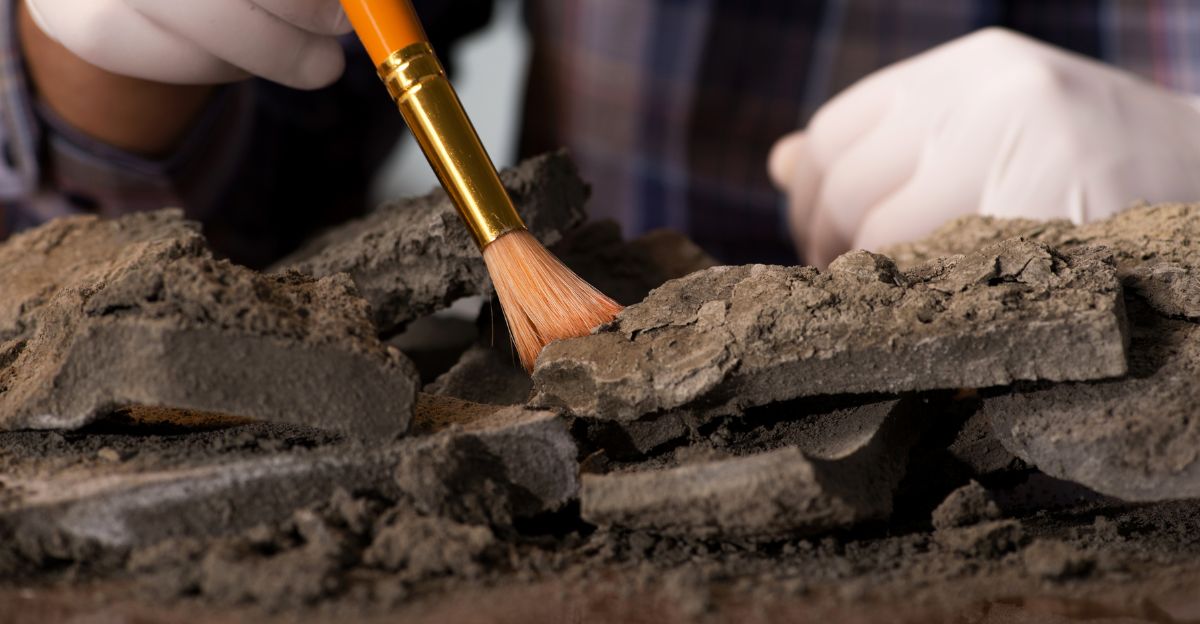
The Alathar footprints fit into a growing pattern of surprises. Each discovery in Arabia has chipped away at the idea that the region was unimportant. Instead, the evidence shows cycles of migration, occupation, and abandonment across hundreds of thousands of years driven by the rhythms of climate.
Arabia wasn’t simply a desert obstacle. It was a key player in human history, full of moments when the climate allowed life to flourish.
The Big Lesson

The seven footprints in Saudi Arabia’s desert tell us that our ancestors were adaptable, mobile, and bold.
“The 115,000-year-old footprints from Saudi Arabia’s Nefud Desert prove that early humans were more adaptable and adventurous than previously imagined,” conclude researchers in Science Advances.
Humans didn’t wait for perfect conditions—they used shifting climates to their advantage, exploring deserts, rivers, and plains as opportunities opened. The story of Alathar reminds us that what looks impossible today was achievable for our ancestors, who repeatedly turned harsh landscapes into highways of survival.